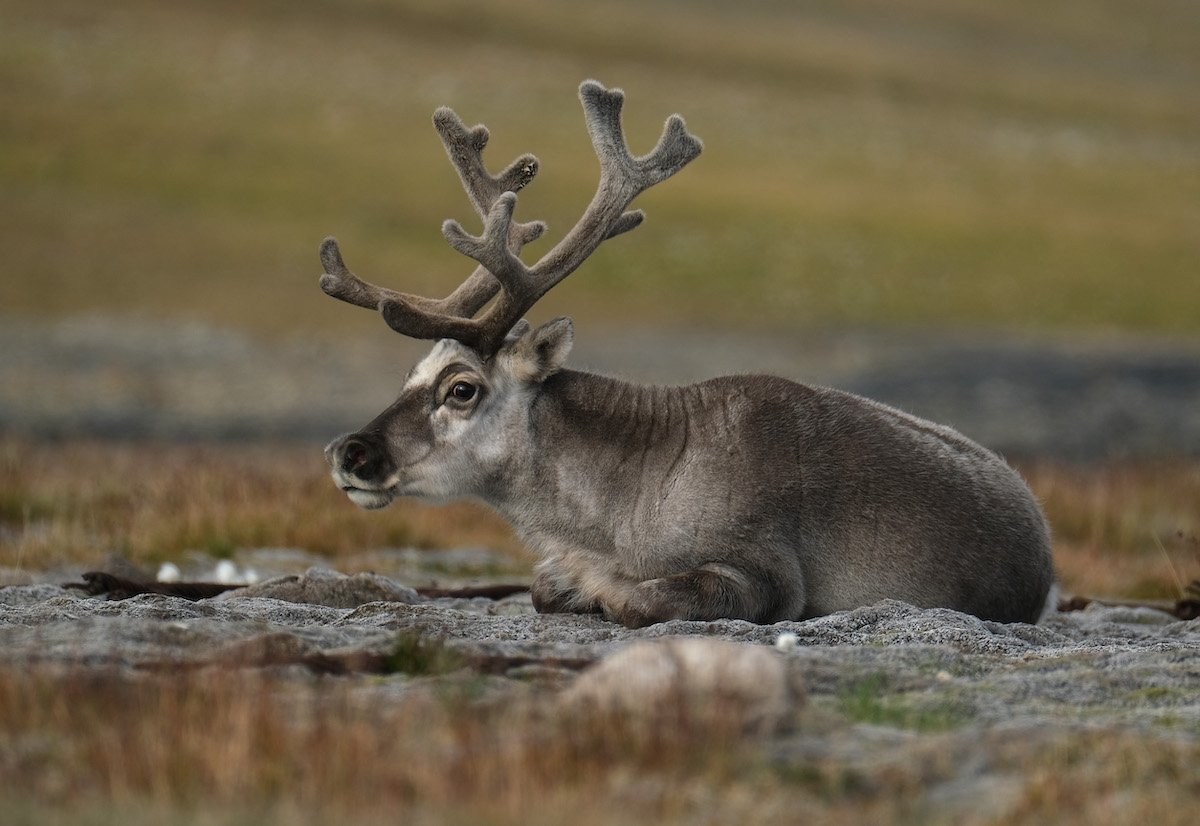

Call them reindeer or call them caribou (it largely depends where you live), Rangifer tarandus are members of the deer family, and they are best known in some cultures for pulling Santa’s sleigh on Christmas Eve. There are seven subspecies of reindeer/caribou, and they’re native to some of the coldest and northernmost areas of the world, including Asia, Europe, Greenland, and North America.
While you surely know the story of Santa Claus and his reindeer sleigh team, there’s a lot more to reindeer than you might think. Here are five facts you probably didn’t know about Santa’s hoofed helpers.
5. Reindeer Love Fungi
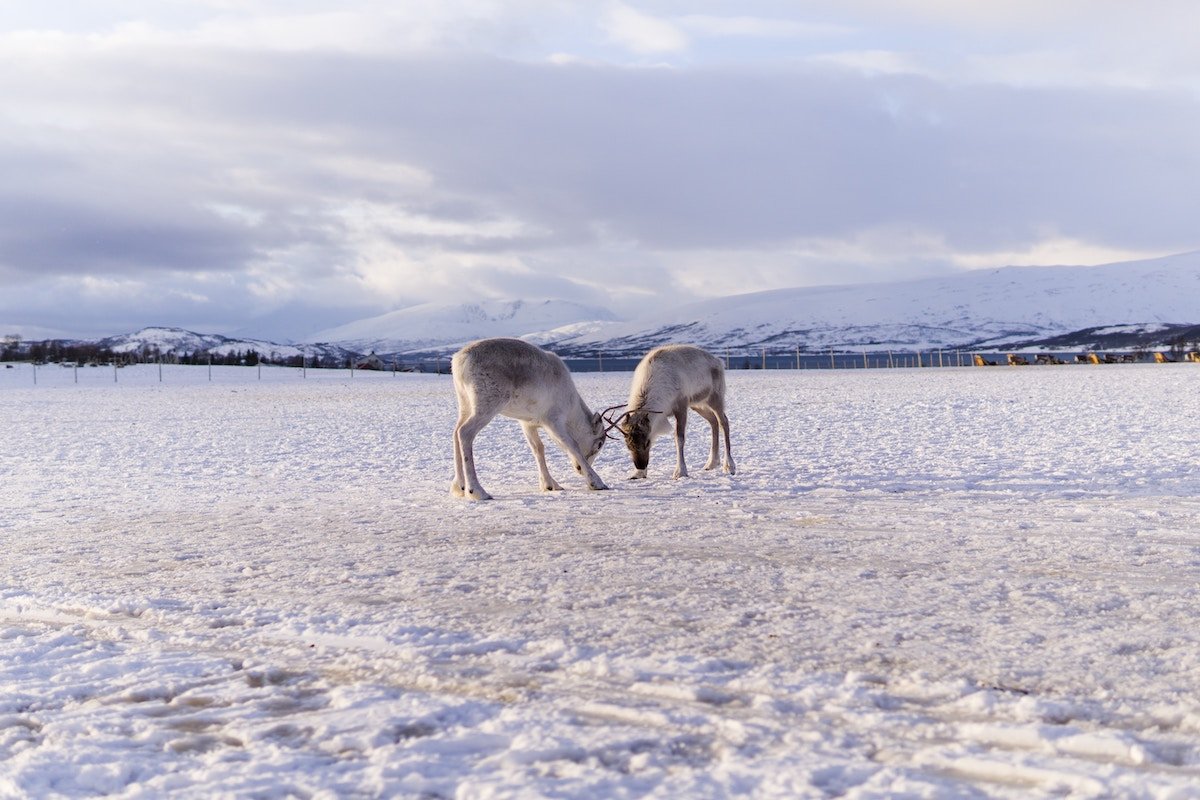
If you’re an herbivore, finding food up in the Arctic and sub-Arctic regions of the earth isn’t the easiest thing in the world, especially during the winter. Reindeer get by in part by eating fungi. In warmer months, they eat mushrooms (the flowering part of a fungus), as well as leaves and flowering tundra plants.
Come fall, reindeer eat what they can find, from mushrooms to small shrubs and sedges, and they start adding in reindeer moss. Once winter hits, reindeer moss becomes invaluable as one of the few food sources for herbivores that can survive the Arctic tundra.
Reindeer moss isn’t a moss, though, it’s a lichen. Lichens are part algae and part fungi—a sort of “fungi-algae sandwich.” Not all animals can digest lichens, but reindeer certainly can. They can smell the lichen beneath the snow and kick or dig it up using their hooves and antlers.
4. Their Hooves Are Hella Helpful
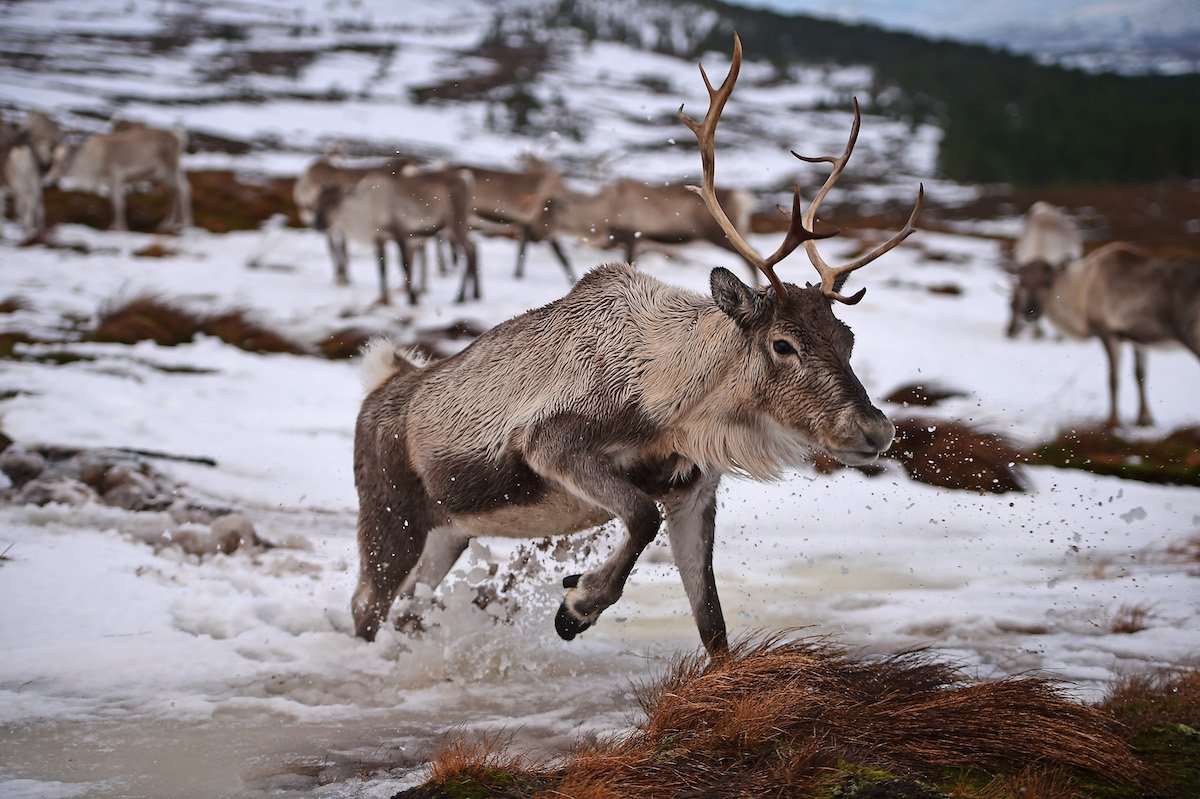
A reindeer’s hooves come in really handy. First off, they’re large, which helps distribute the animals’ weight when they’re walking on snow—much like snowshoes. In fact, reindeer have the widest and roundest hooves of any deer.
Reindeer hooves are also concave, like scoops, which helps them dig for lichen in the snow. The scoop shape also gives these animals a boost when swimming across rivers, which they do during their annual migration.
3. They’re Travelers
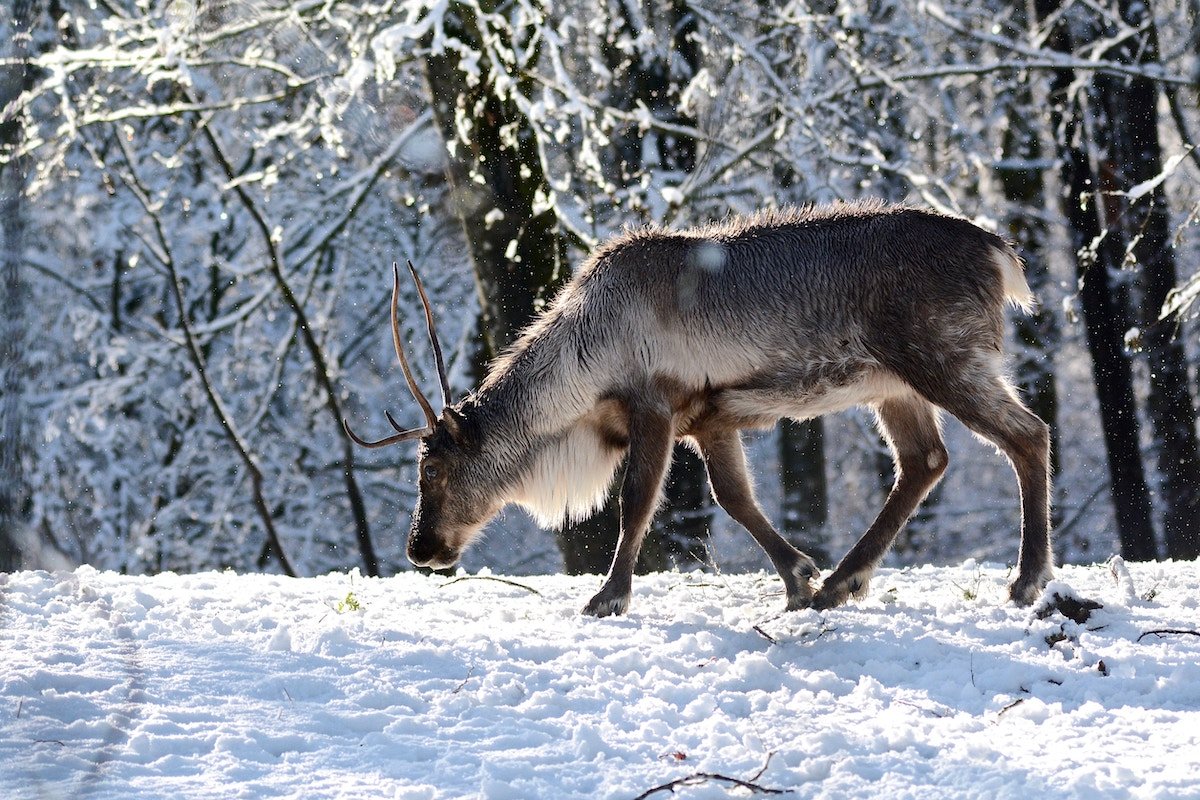
Reindeer travel long distances—and, no, we’re not talking about the flight from the North Pole to every house on the planet on Christmas Eve. We’re talking about how reindeer herds migrate hundreds of miles on foot to find food as the seasons shift.
The National Park Service reports that reindeer complete one of the longest, if not the longest, annual land migration by a mammal, with distances topping 745 miles (1,200 km).
2. Reindeer Have Baby Blues (in the Winter)
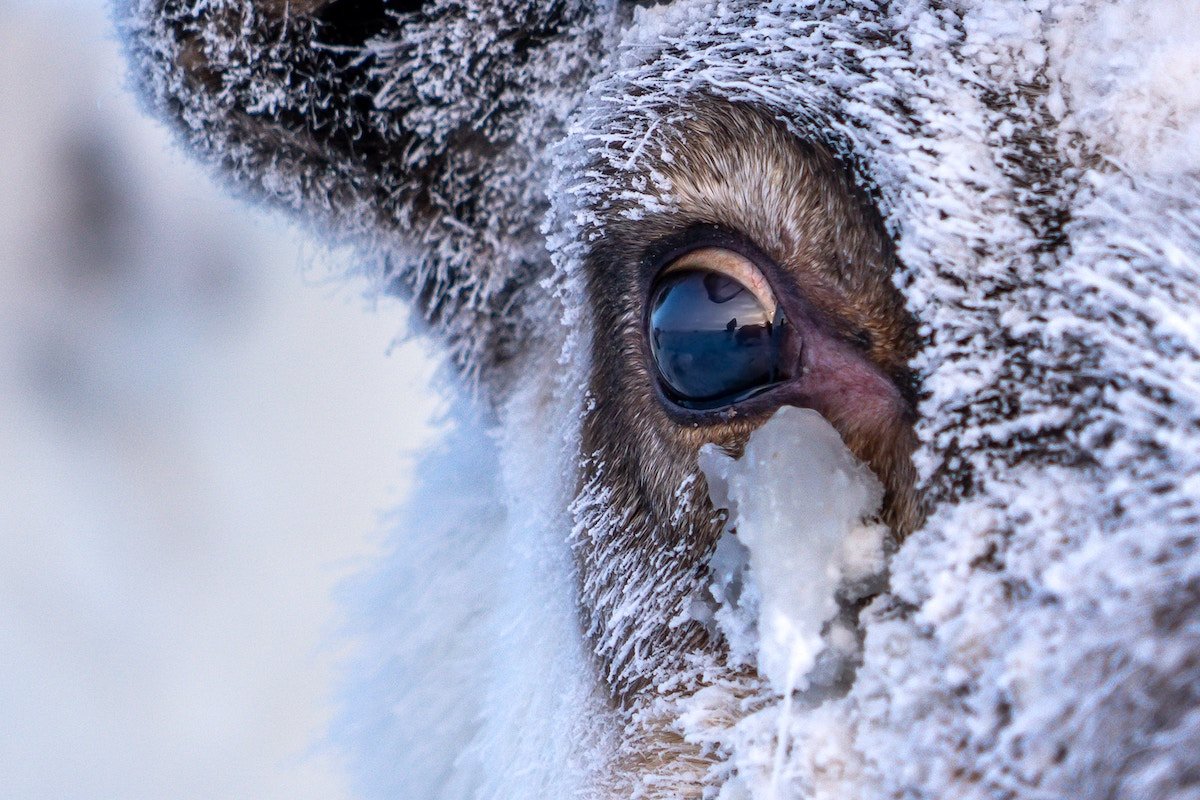
Researchers discovered that reindeers’ eyes change from a golden hue to a blue hue in step with the change in Arctic seasons. It all has to do with the availability of light. In the Arctic winter, when there is almost continuous darkness, a reindeer’s eyes reflect blue-light wavelengths, essentially reflecting less light out of the eye. This gives the animal a better chance of foraging and spotting predators in low-light conditions.
In the short Arctic summer, when there is almost continuous daylight, a reindeer’s eyes change to reflect much more light. The change gives their eyes a golden appearance and optimizes their vision for bright conditions.
Reindeer can also see ultraviolet light, which helps them survive in an environment with such extreme changes in light levels and intensity.
1. Rudolph Is Most Likely a Girl
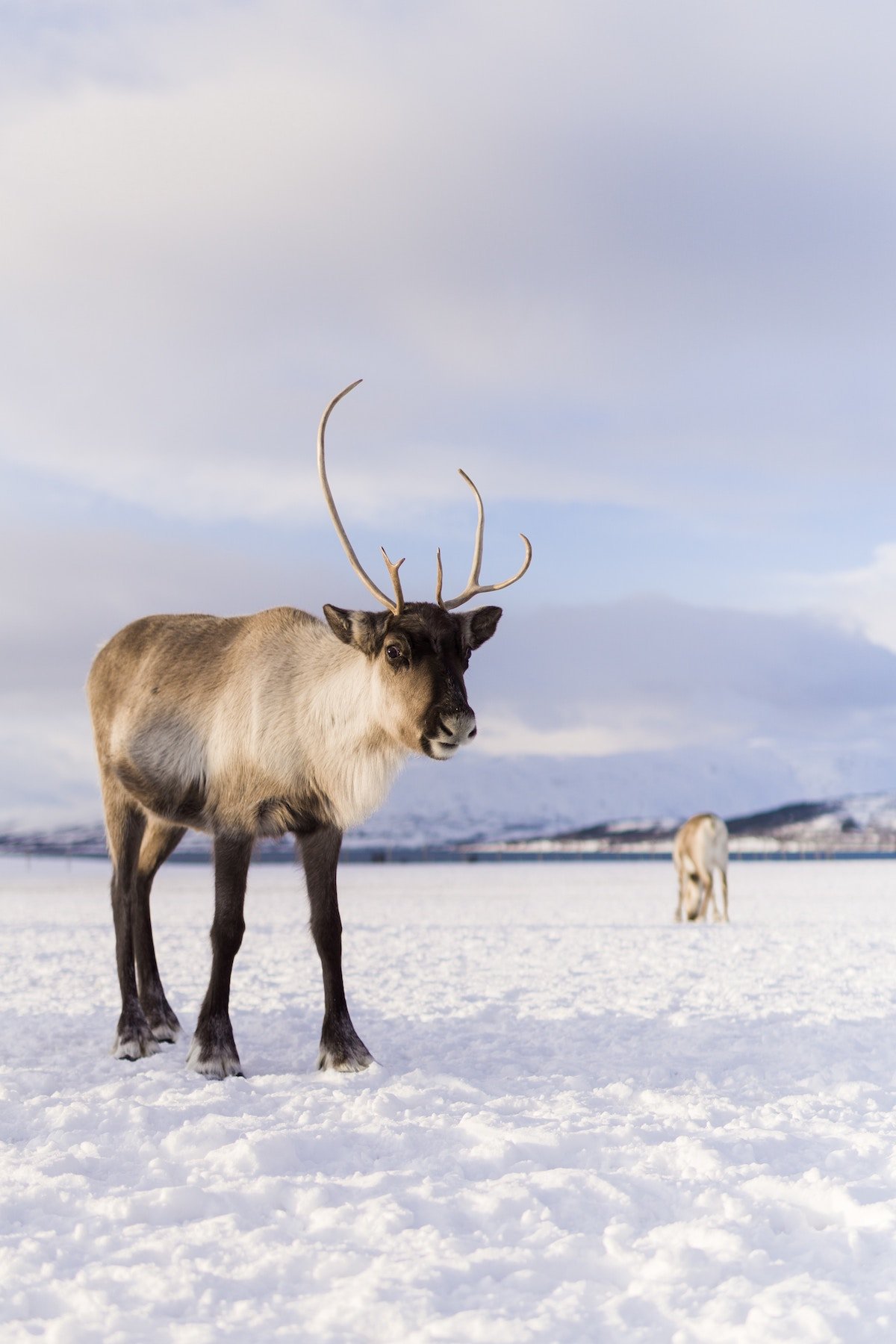
This might blow your mind, but Rudolph the red-nosed reindeer is probably a girl, along with the rest of Santa’s sleigh team. Both male and female reindeer grow antlers (in other deer species, just the bulls do). However, if you’re looking at a reindeer that has antlers on Christmas Eve, it’s more likely a female than a male, because most bulls drop their antlers in the fall. Apologies to your childhood.

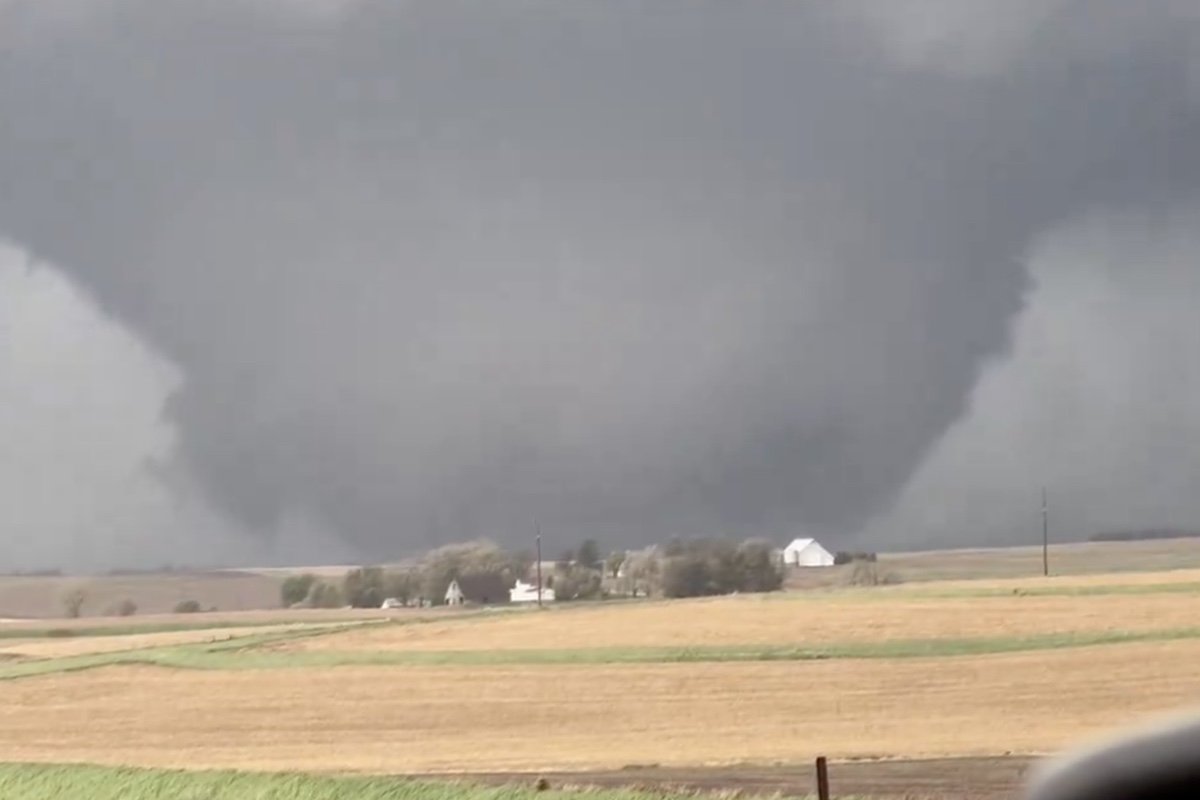
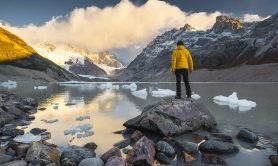
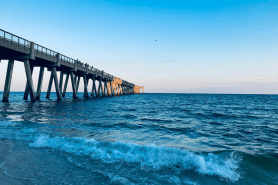
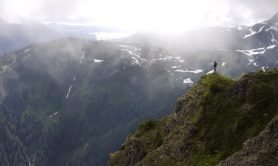
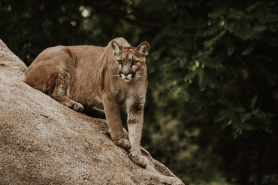
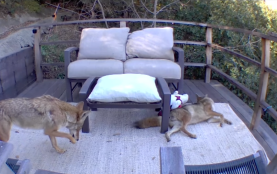
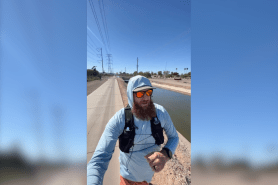
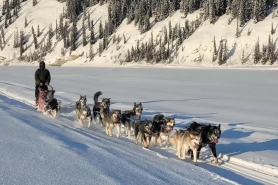

colorado bans delta 8